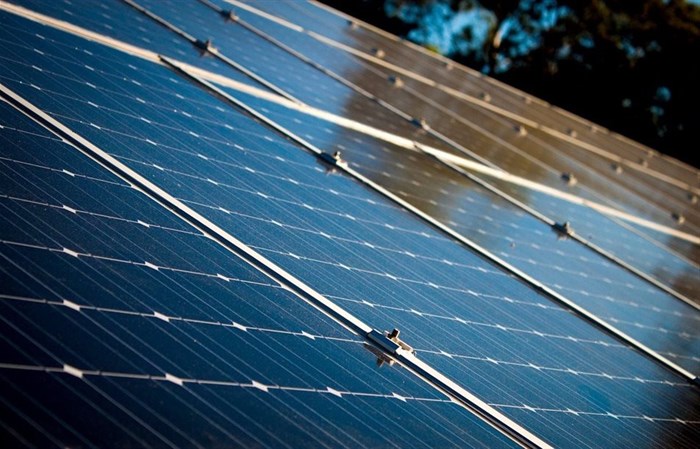The South African retail industry's investment in renewable energy such as solar energy is enjoying some significant growth as a result of the country's unstable growth, environmental concerns, cost savings as well as strides to decarbonise operations.
In recent months there have been a number of major retail groups announcing their investment in both renewable energy as well as energy efficient solutions and practices that will contribute towards optimised and stable energy supply.
Massmart is one such group, installing Schneider Electric’s EcoStruxure Building Operation (EBO) Building Management System (BMS) at retail chains Makro, Game, Builders Warehouse as well as Massmart Distribution Centres, situated throughout the country.
In 2022 alone, Massmart achieved annualised energy savings of at least R 15 Million, recouping its entire investment within 12 months.
Shining the sun on retail
Looking specifically at solar, it makes a lot of sense for retailers to own onsite systems such as solar arrays, inverters and battery storage which are installed and managed in partnership an external, expert system integrator.
Those retailers that have the capital to invest in renewable energy will undoubtedly see the most value in owned onsite systems as it has the potential to offer the highest return on investment as opposed to leasing or power purchase agreements.
If retailers have access to a rooftop, parking lot, or open ground space, they can take full advantage of an owned onsite systems’ potential by increasing the site’s property value. Currently, some of the largest retail groups in the world such as Walmart own onsite solar systems.
Once retailers have invested in solar systems, it’s vitally important that they continue to manage, monitor and maintain it. Here, the roles of BMS and Energy Management Systems (EMS) cannot be overstated.
To gain the most from their investment in solar energy, retailers must invest in BMS and EMS to not only effectively manage energy supply from various sources such as solar and the grid but also future-proof this major investment,” notes Freeman.
The job of a BMS is primarily to manage and control the building systems, especially HVAC, lighting, access control, etc., whereas an EMS provides energy, demand and power quality monitoring.
The EMS can facilitate effective energy visualisation and analytics, provide dashboards and trends for energy consumption at equipment, system, building and portfolio levels, which can be used for accurate for decision making,” he explains.
By using both BMS and EMS, retailers can also accurately assess what their investment will be in renewables, ensuring they don’t over of under provision for what the facility requires to run optimally.
Importantly, the BMS will also ensure that when buildings move over to solar, buildings are managed in a manner that makes the most of the various resources available, certain times of the day, thus ensuring the organisations get the most from their investment.
Together, BMS and EMS are critical tools in enabling retailers to gain the most from their investment in solar.


































